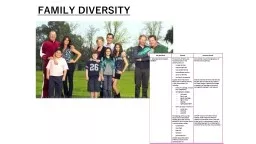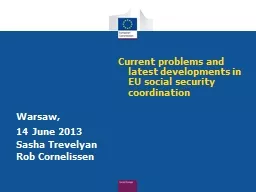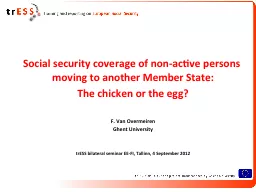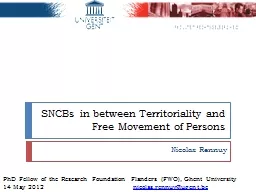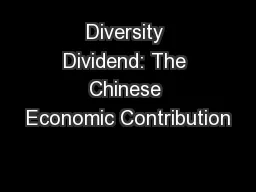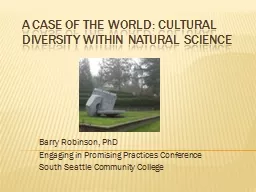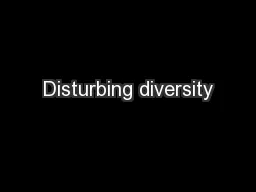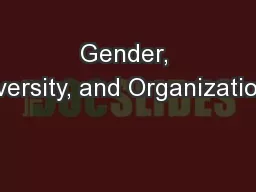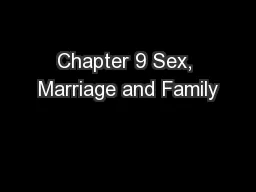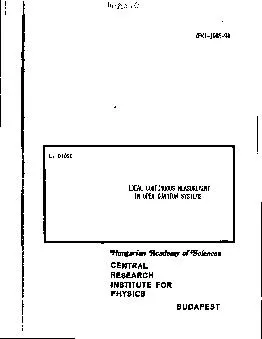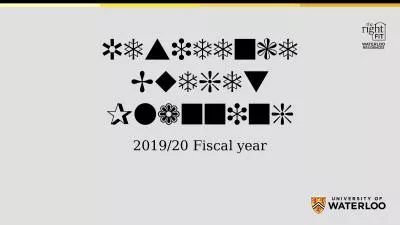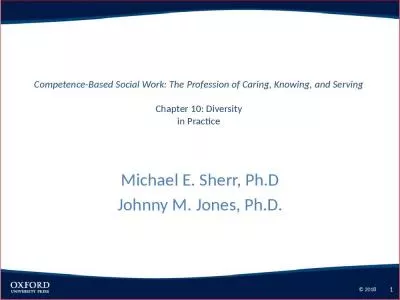PPT-FAMILY DIVERSITY ‘The family is a social group characterised by common residence, economic
Author : amelia | Published Date : 2022-06-21
maintian a socially approved sexual relationship and one or more children own or adopted of the sexually cohabiting adults George Murdoch Murdoch was arguing that
Presentation Embed Code
Download Presentation
Download Presentation The PPT/PDF document "FAMILY DIVERSITY ‘The family is a soci..." is the property of its rightful owner. Permission is granted to download and print the materials on this website for personal, non-commercial use only, and to display it on your personal computer provided you do not modify the materials and that you retain all copyright notices contained in the materials. By downloading content from our website, you accept the terms of this agreement.
FAMILY DIVERSITY ‘The family is a social group characterised by common residence, economic: Transcript
Download Rules Of Document
"FAMILY DIVERSITY ‘The family is a social group characterised by common residence, economic"The content belongs to its owner. You may download and print it for personal use, without modification, and keep all copyright notices. By downloading, you agree to these terms.
Related Documents

